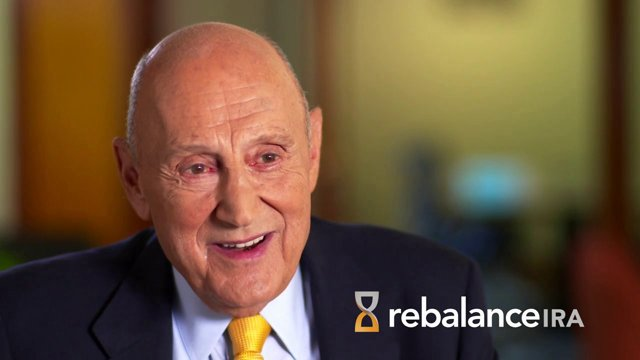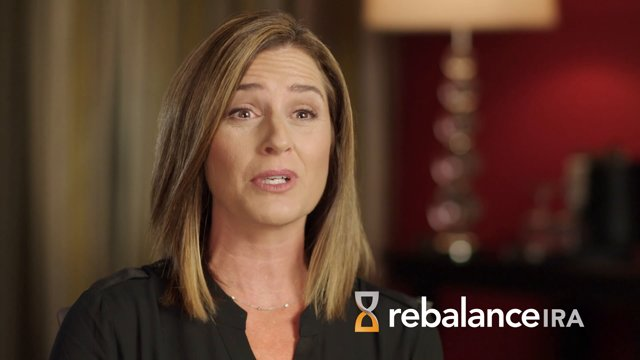Burt Malkiel: Rebalancing simply means that you’ve got a particular asset allocation. And when market prices change and, therefore, your portfolio has a different mix than your preferred asset allocation, that you simply rebalance, that is to say, bring the mix back to your preferred allocation. And, again, this is a wonderful technique because it forces you to do just the opposite of the mistakes that people make.
One of the little simulations that I’ve done is I’ve looked at the last 15 years. The last 15 years were not bad years for investing. And if you started off with what people would call a 60/40 portfolio, 60% common stocks, 40% bonds, you made an average rate of return by doing nothing, just leaving it the 60/40, and you’d make about 9%.
Now suppose instead you started off 60/40 and every year in January, let’s say, you bring it back to 60/40. Whatever it is, if it was 55/45, you bring it back to 60/40. It turns out that portfolio gave you a 10.5% rate of return. And you might say, “What is this alchemy that actually produced another point and a half of return?”
Well, think what was happening to markets during that 15-year period. Say you got to…I did this, I happened to do it in January, you could do it any month you wanted. In January of 2000, the stock market was way up because we were at the top of the Internet bubble. And bonds were way down because the monetary authorities were goosing interest rates up and bond prices had fallen. So instead of 60/40, you were much more like 75% in common stocks and 25% in bonds.
What does rebalancing mean? Sell enough stocks to bring the stocks down to 60% and buy bonds. Well, what that did was it took some money off the table right at the top of the boom, just when people were putting money in.
So now, it’s January of 2003. You don’t know that the bottom of the market was a month before. But what you know is that the monetary authorities were driving interest rates down, so bond prices were way up and stocks were in the tank, and you were much more like 60% bonds and 40% stocks, so you sell some bonds and buy some stocks.
And, similarly, what you would do in January of 2009, you didn’t know that October-November of 2008 was the low, but you know that the stocks were in the tank and the Federal Reserve had brought interest rates down to zero, so bond prices were way up. You sell bonds and buy stocks. And that’s the alchemy, if you wish. It forces you — you can’t time — but it forces the investor to do exactly the opposite of what the investor does. What the investor typically does is buy high and sell low. This forces you to sell high and buy low.








